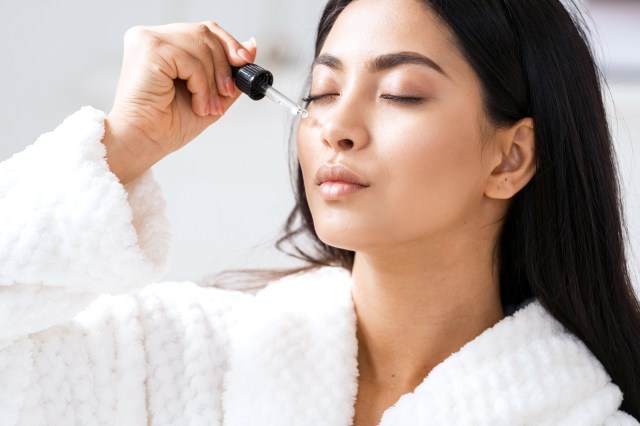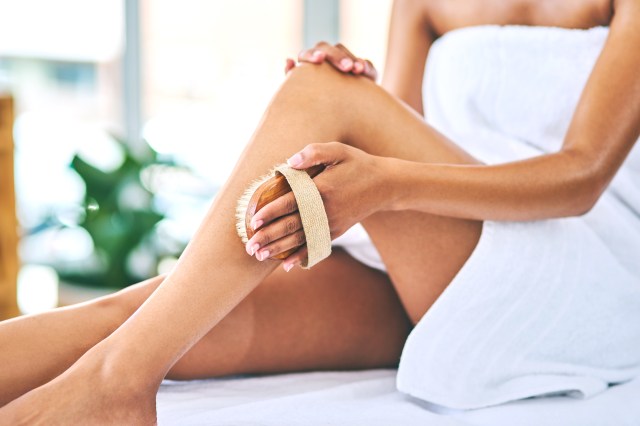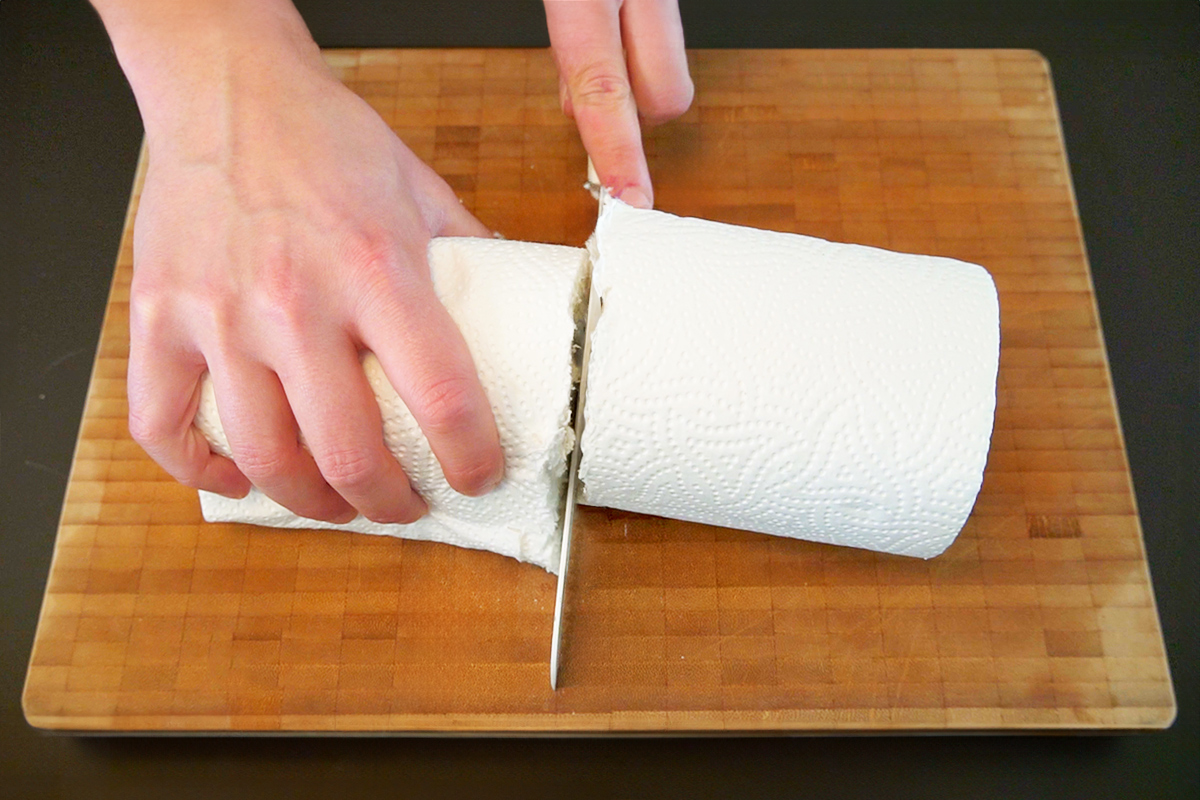In the pursuit of clearer, brighter-looking skin, there’s perhaps no beauty habit more effective than exfoliation. By removing dead cells from the surface of your skin, exfoliation can help keep your pores clear, diminish dullness, and improve skin texture and tone (hello, glass skin). But as with everything, striking the right balance is key: Exfoliating too frequently or aggressively can damage your skin barrier and leave you susceptible to dryness, redness, and irritation. So how often is too often? To answer that question, we tapped KilgourMD founder and Stanford University dermatology resident Dr. James Kilgour, M.D., and Kyoko Getz, director of education for Shiko Beauty Collective. Read on for their intel, plus tips on selecting the best exfoliation method for your skin type.

What Is Exfoliation?
Exfoliation refers to the process of removing dead cells from the surface of your skin, Getz explains. There are two main methods of exfoliation: physical (also known as mechanical) and chemical.
- Physical Exfoliation: This involves using an abrasive product or tool to manually slough off dead skin cells. Typically, when people refer to physical exfoliation, they’re talking about using a scrub — though dry brushing, cleansing your face with a washcloth, and using skin care devices (such as skin spatulas) also all fall under the umbrella of physical exfoliation. This approach provides an immediate skin-smoothing effect, but can sometimes be too harsh for sensitive or easily irritated skin.
- Chemical Exfoliation: This method involves using a chemical exfoliant — such as alpha-hydroxy acids (AHAs), beta-hydroxy acids (BHAs), or enzymes — to dissolve the bonds that hold dead skin cells together. As Getz explains, different types of chemical exfoliants have distinct benefits. AHAs, such as glycolic acid, “work on the surface of the skin, making them ideal for dry or sensitive skin [types].” Meanwhile, BHAs such as salicylic acid “penetrate deeper into pores, making them a great choice for oily or acne-prone skin.” Enzymes are the gentlest option and are well suited for those with more sensitive skin.

How Often Should You Exfoliate?
The ideal exfoliation frequency depends on a few factors, including which exfoliation method you’re using, your skin type, and the other products in your routine. Generally speaking, though, both pros recommend aiming to exfoliate between one and three times per week. “Everyone’s skin is different, so it’s important to proceed with caution and listen to how your skin reacts,” Dr. Kilgour says. Getz concurs, adding, “The key is to start conservatively — once per week — and gradually increase the frequency if your skin doesn’t react negatively.” If you’re new to exfoliation, it’s also a good idea to start with a lower-strength exfoliant. For AHAs, Dr. Kilgour says 10% or less is suitable for regular use; for BHAs, look for 2% or less.
It’s important to take stock of the other products you use in your routine, too. Retinoids, for example, “already stimulate skin cell turnover,” Getz explains — so using retinoids alongside a chemical or physical exfoliant “can increase the risk of redness, irritation, and dryness.” If you want to use both a retinoid and an exfoliant, do so on alternating days to help limit the risk of irritation.

What Should You Do if You Overexfoliate?
If you’ve gone a bit too hard with the exfoliation, you may experience redness, dryness, itching, or flaking, Dr. Kilgour says. These uncomfortable symptoms are all signs that your skin barrier is compromised. The best thing to do in this situation is to adopt a gentle, nonirritating skin care routine to let your skin recover. Take a break from any active ingredients, including exfoliants, retinoids, and vitamin C, and look for products with soothing ingredients such as cica (also known as Centella Asiatica), ceramides, or panthenol. You can also use an occlusive moisturizer such as Vaseline to help “expedite healing,” per Dr. Kilgour — but exercise caution if you have acne-prone skin, as Vaseline may contribute to clogged pores for some. If your skin doesn’t start to feel better within a few days, consult your dermatologist.
This article is for general informational purposes only.
Affiliate Disclaimer Medical Disclaimer
















 Unique Beauty is free for all users.
Unique Beauty is free for all users.